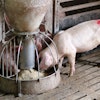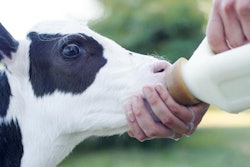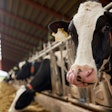
Or, why we need more applied nutrition science expertise to help us prioritize research.
When someone is said to be a nutritionist, or considers becoming one by studying and researching, there are three major fields that encompass what we call animal nutrition science. These are explained briefly below along with some ideas on how to improve our learning on each one.
-
Nutritional physiology
This part has to do with what happens to the feed once it is consumed by the animal and continues through its metabolism into useful products ending with excretion of waste material. This is basically the “inside” story and focuses mostly on the animal and its interactions with nutrients. Such knowledge is heavily approached at the doctoral level, although some schools do have light to heavy courses at the undergraduate (thank you Dr. Liamadis!) and master’s degree level.
-
Feedstuffs
Knowing what feeds are made from, or the feed ingredients, is the next major field that one needs to understand intimately in order to fulfill the above animal needs. Lamentably, ingredients are approached within each species, and rather lightly so, without any major effort to deepen our knowledge at school level. Most feed professionals get to know about feed ingredients once they get a job and then they have to learn the hard way: through trial and error, or through older books from times when real scientists shared their real knowledge without strings attached (thank you Dr. Kalaisakis!) So, in my opinion, we need to introduce applicable courses all the way from undergraduate (basic ingredient properties), to master’s (nutrients and interactions), to doctoral (secondary compounds like toxic ones) level.
-
Applied nutrition or practical feeding
This is how we combine the above two to make them into a practical feed, and then how to manufacture, package, deliver, store and feed it to our animals. Most courses, usually at the undergraduate level, focus on the very first part of the above list, whereas the rest are only touched lightly – with a few exceptions that are globally known, such as Kansas State University where even animal science students attend courses from the feed and grain department (thank you, Dr. Hancock!) It is considered beneath most “real” scientists to consider the practical aspects of nutrition and this is reflected by a paucity of applied nutrition courses at the graduate school levels. This results in research trials that are disconnected from reality when, in fact, we need scientists doing research that has a real impact on our society (thank you Dr. Baker!)


















